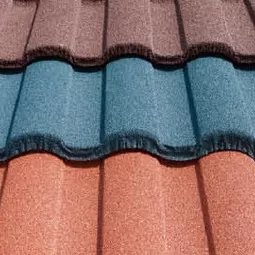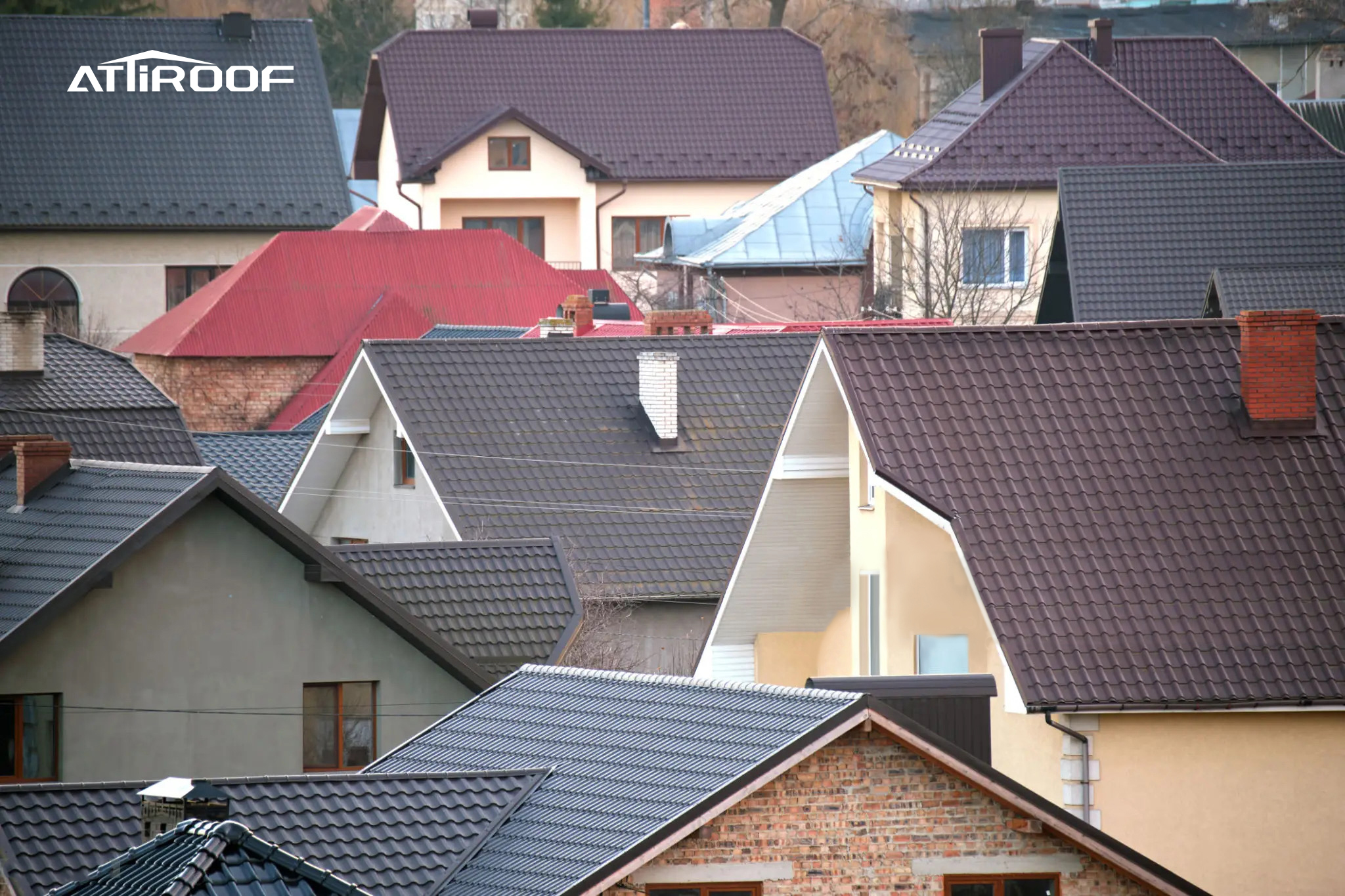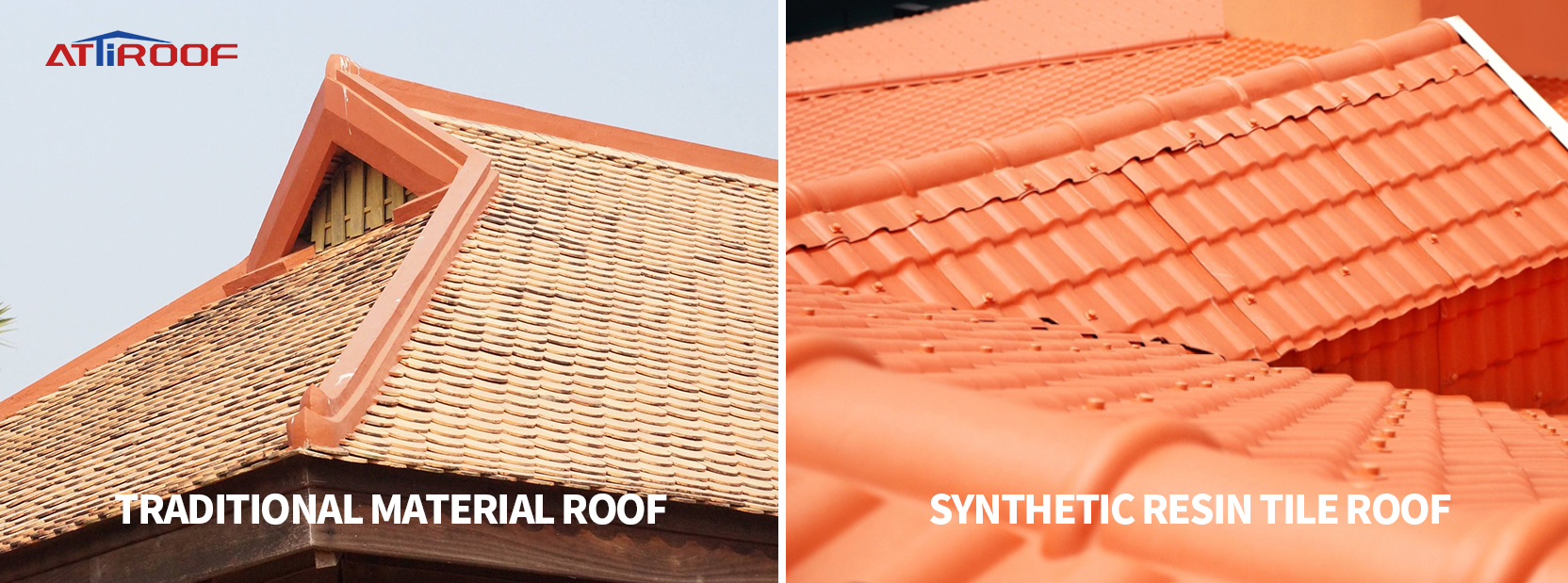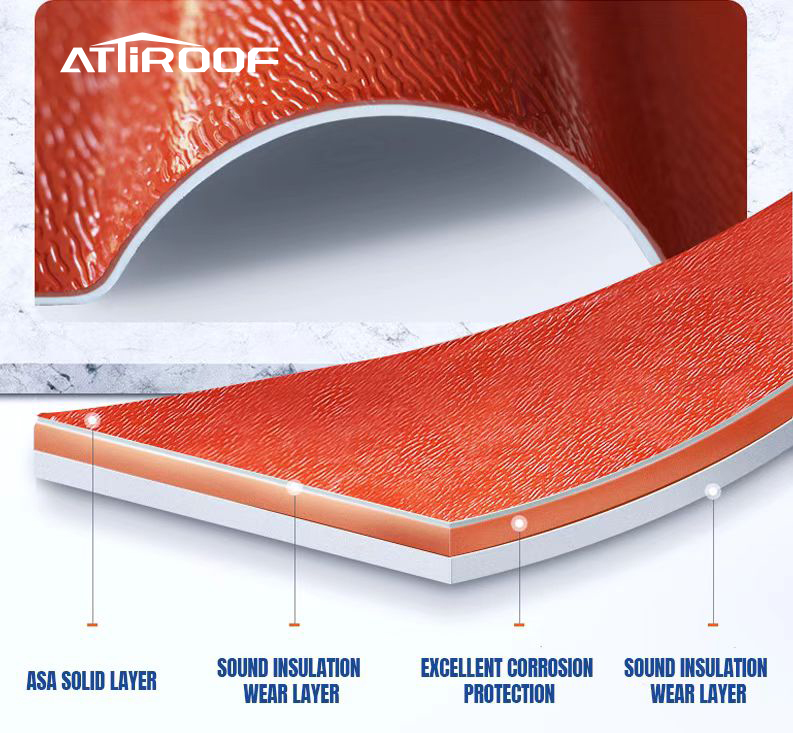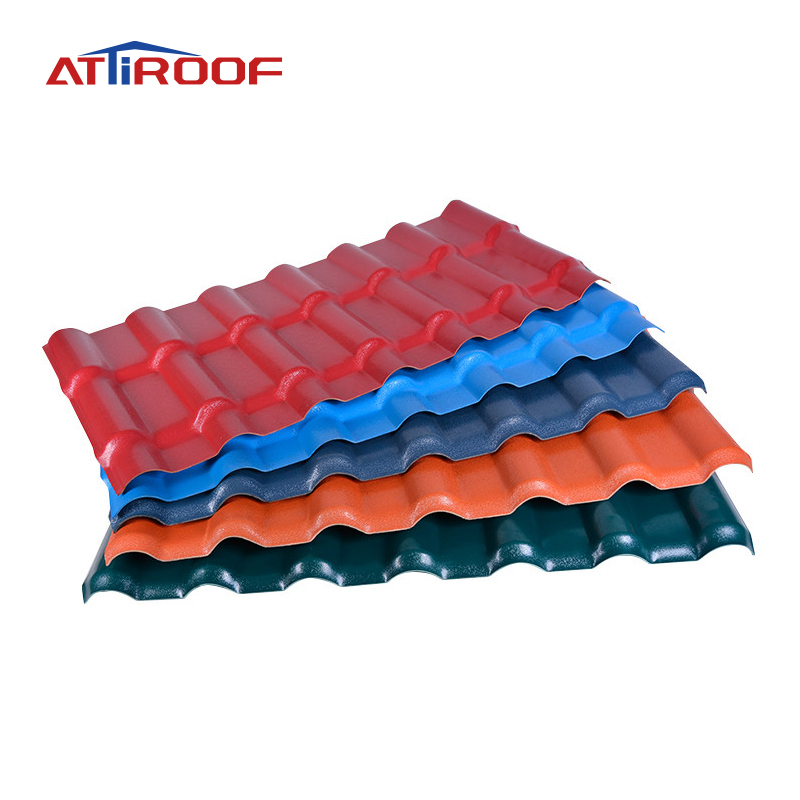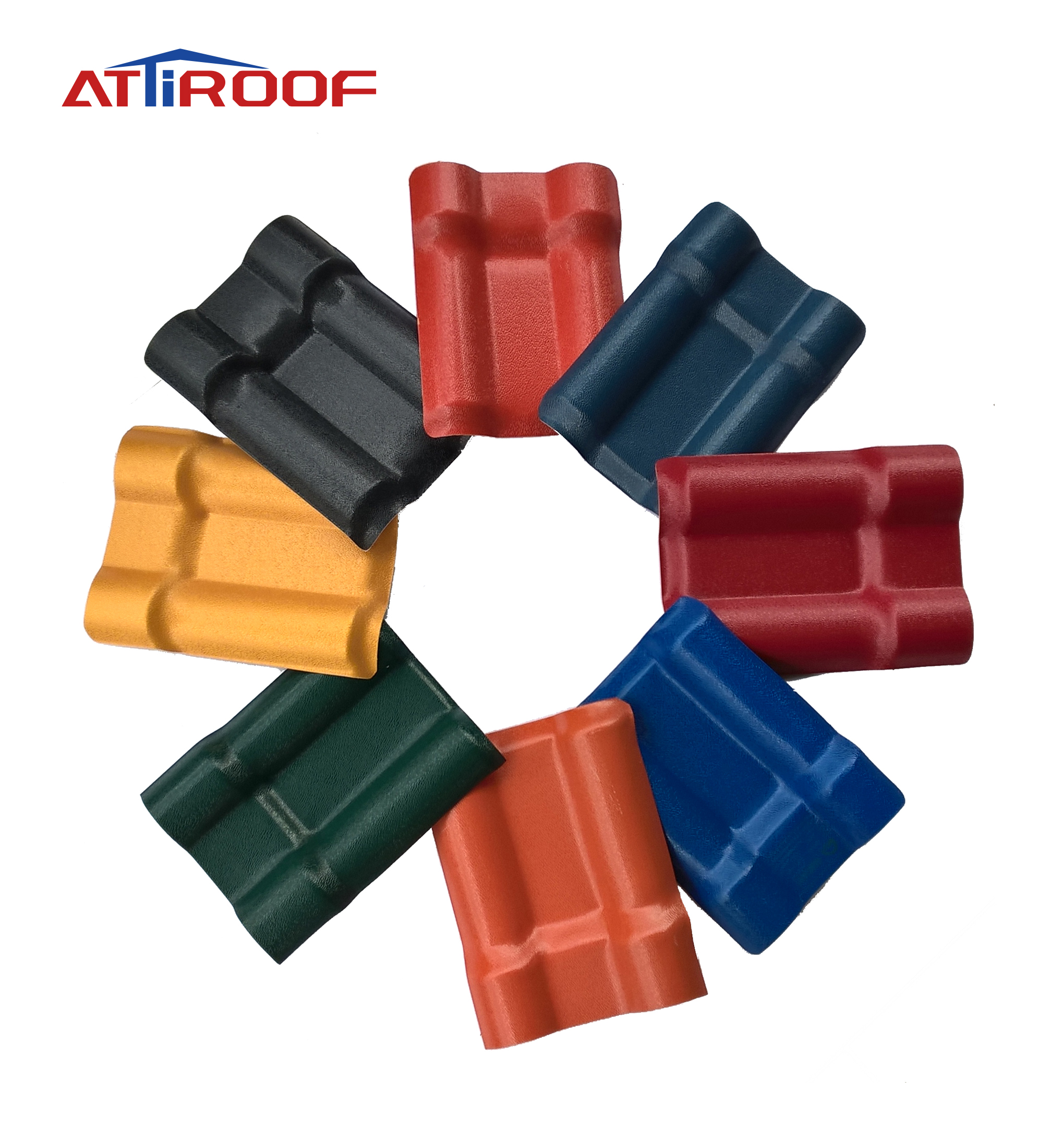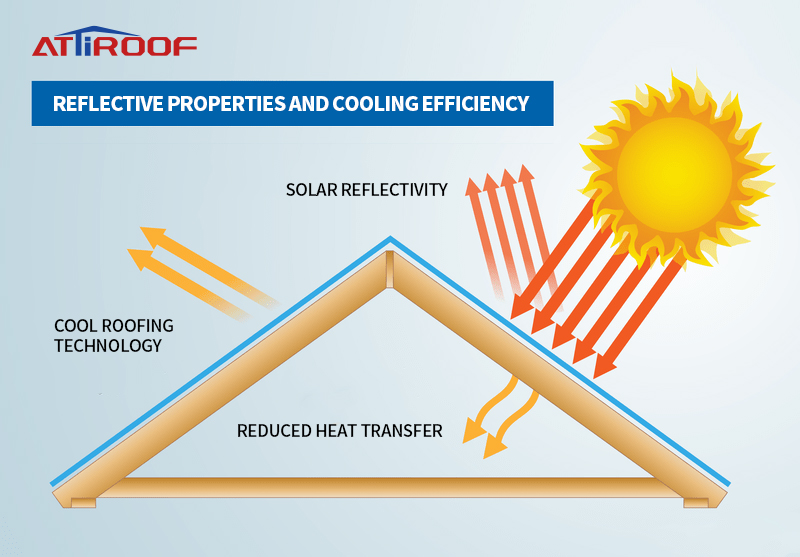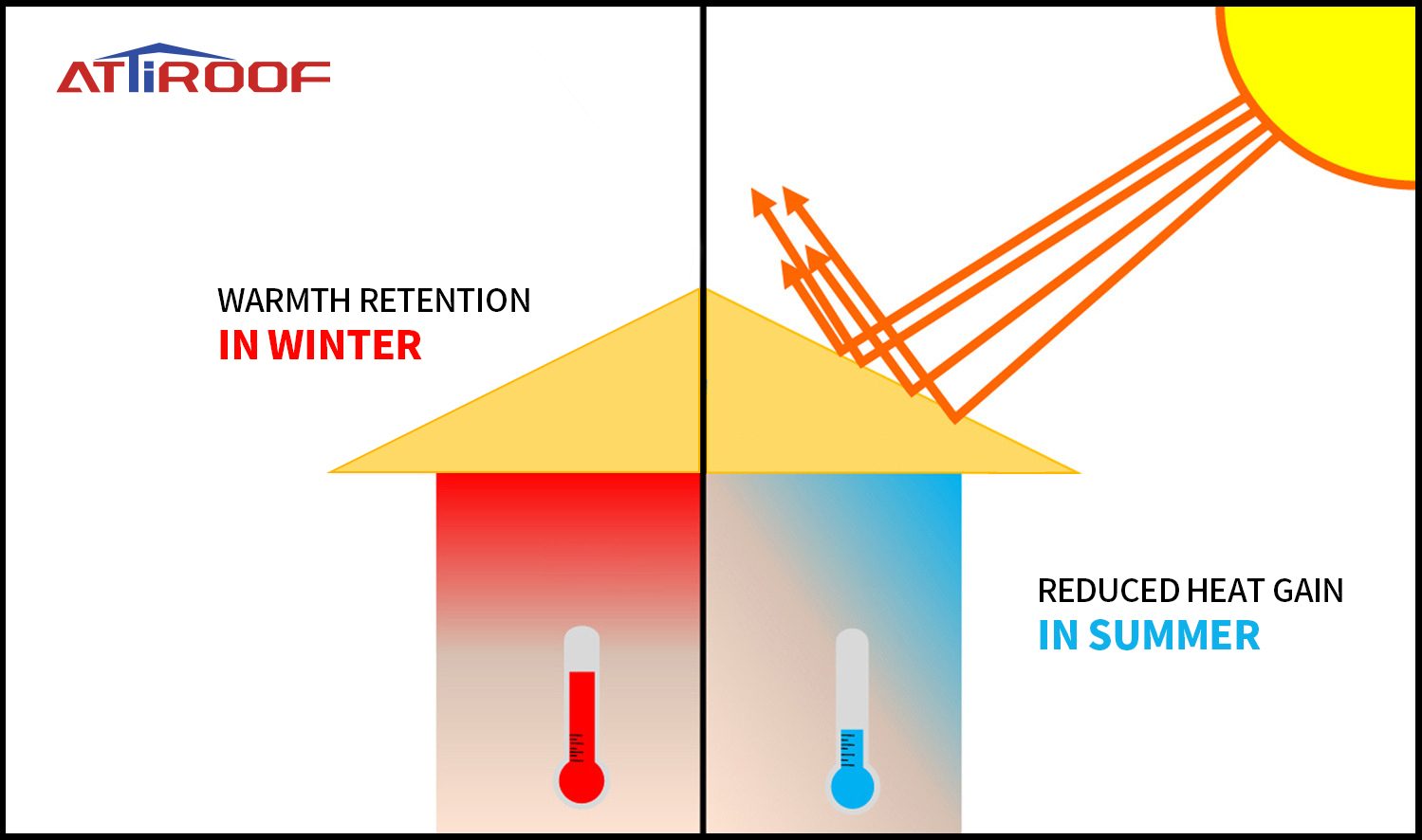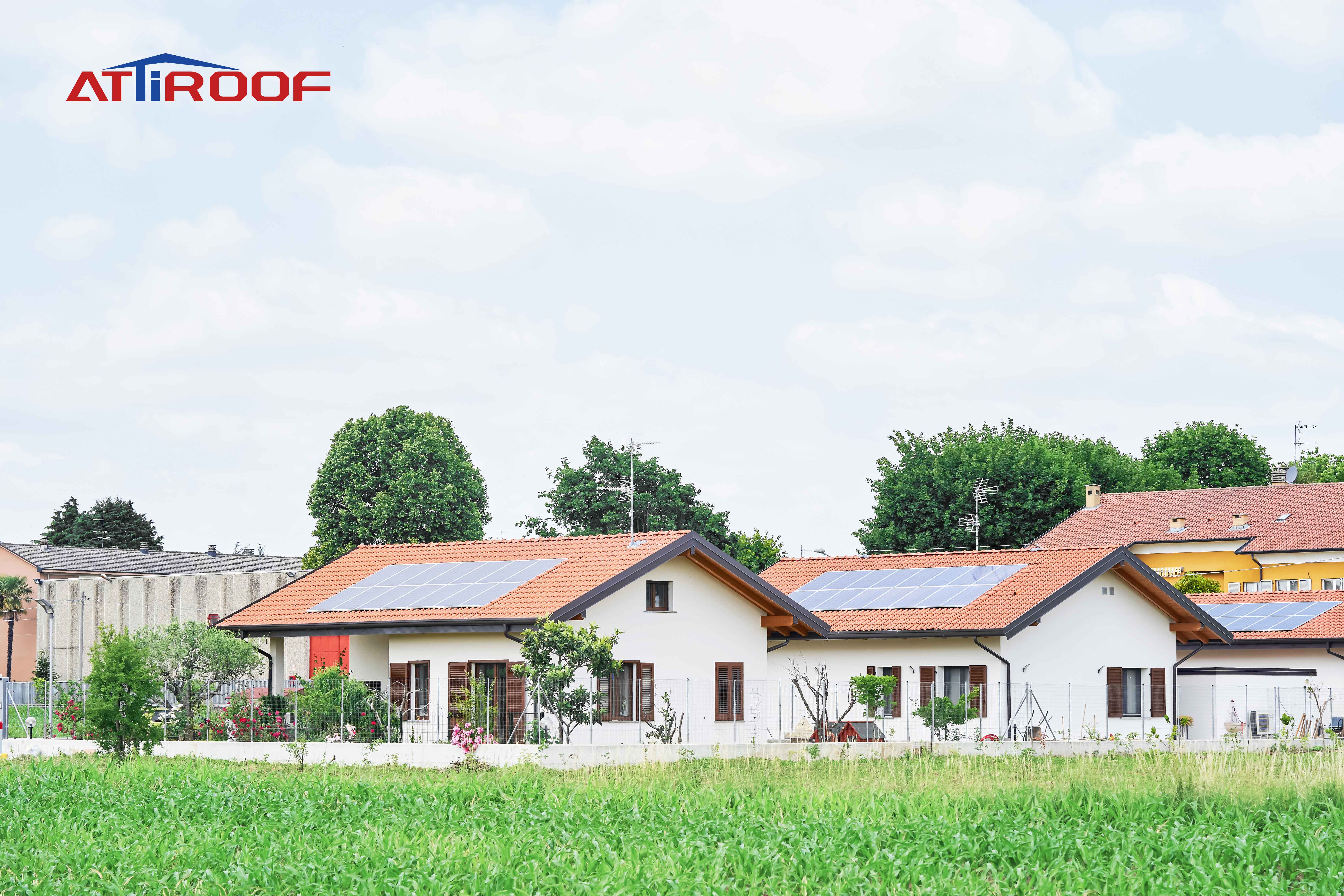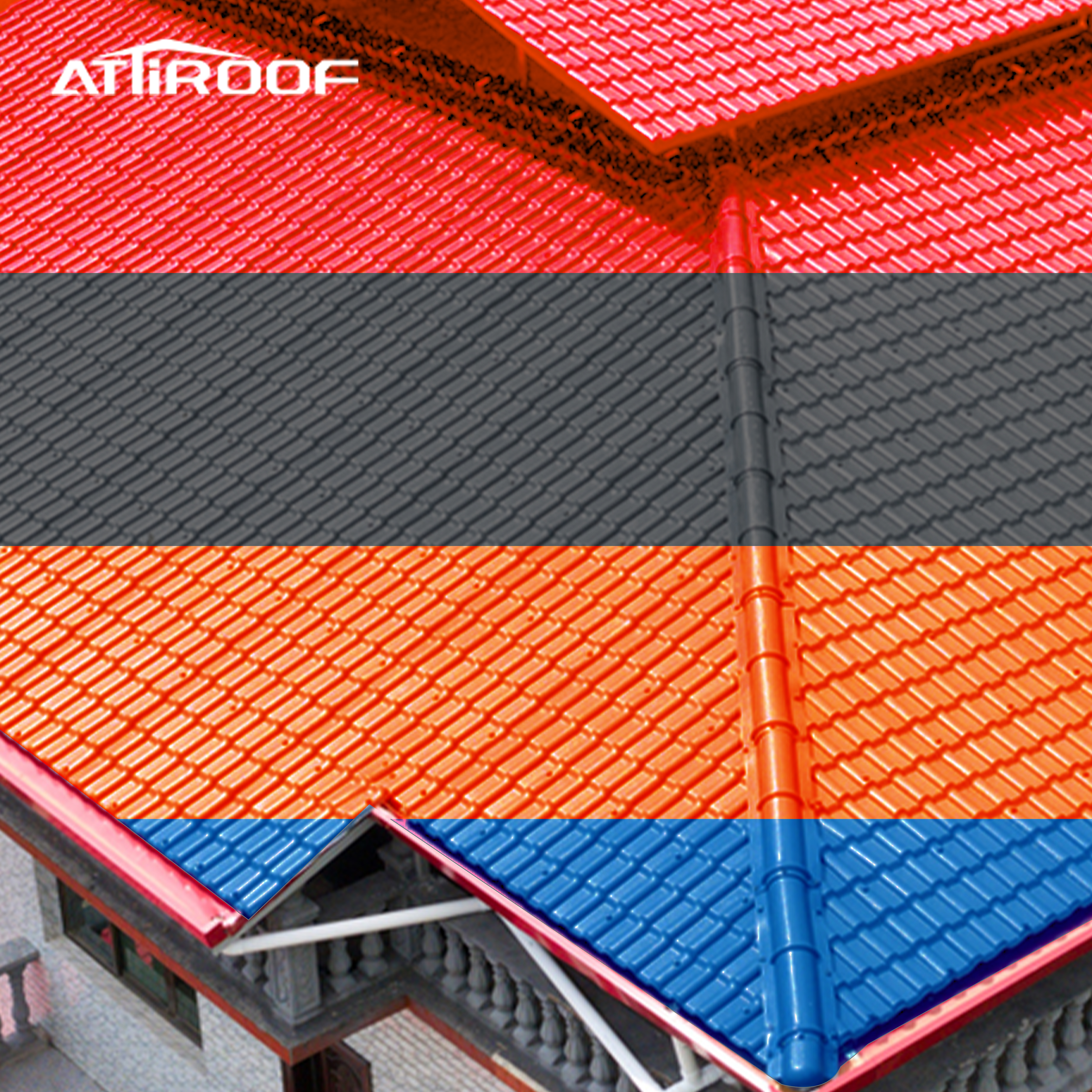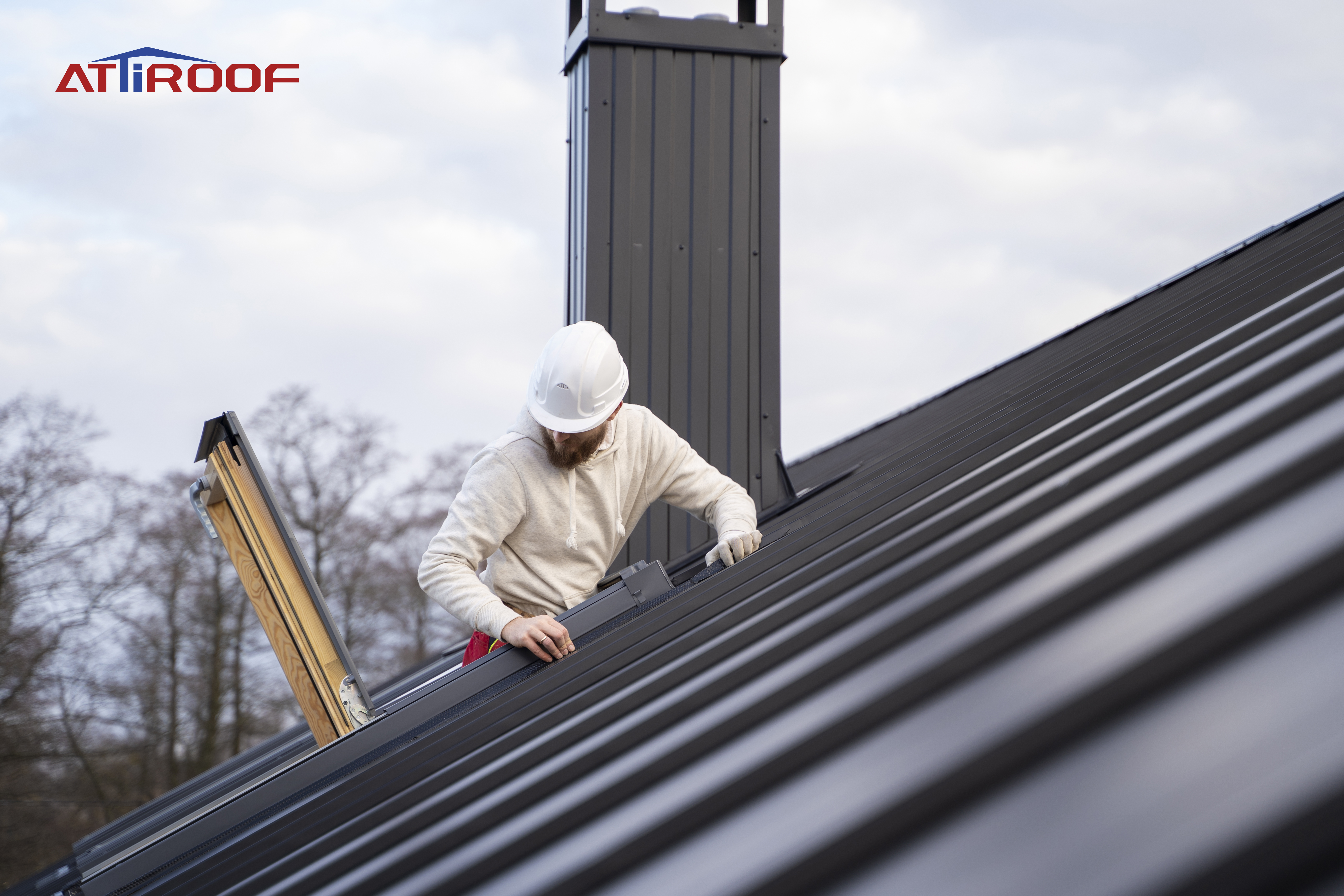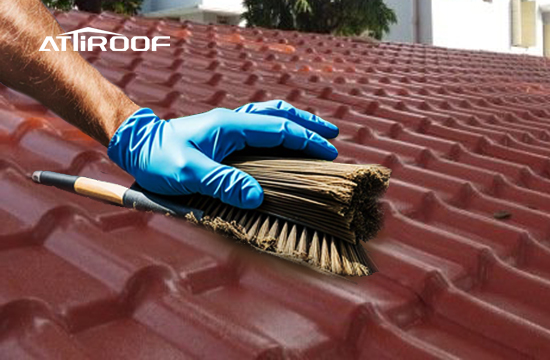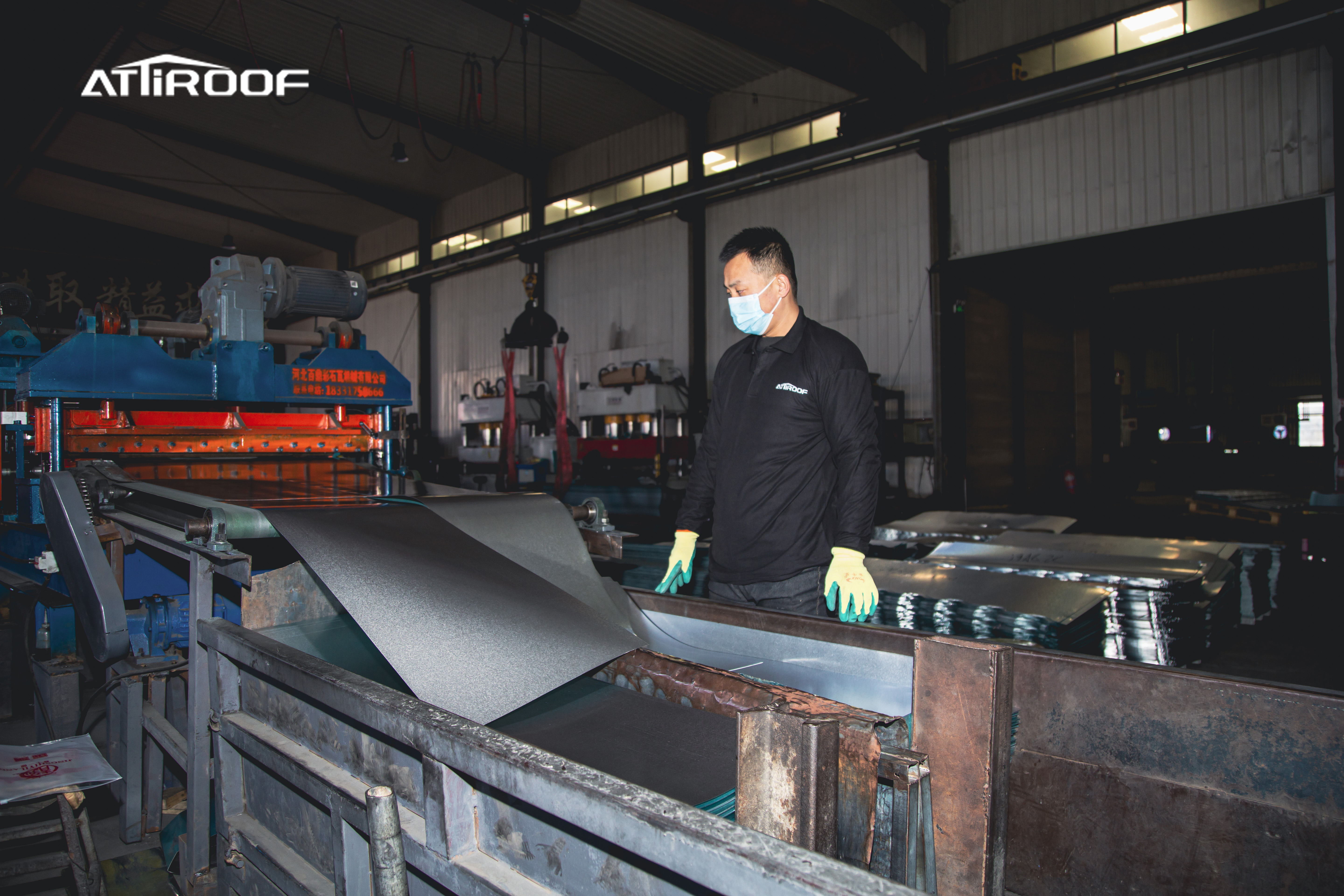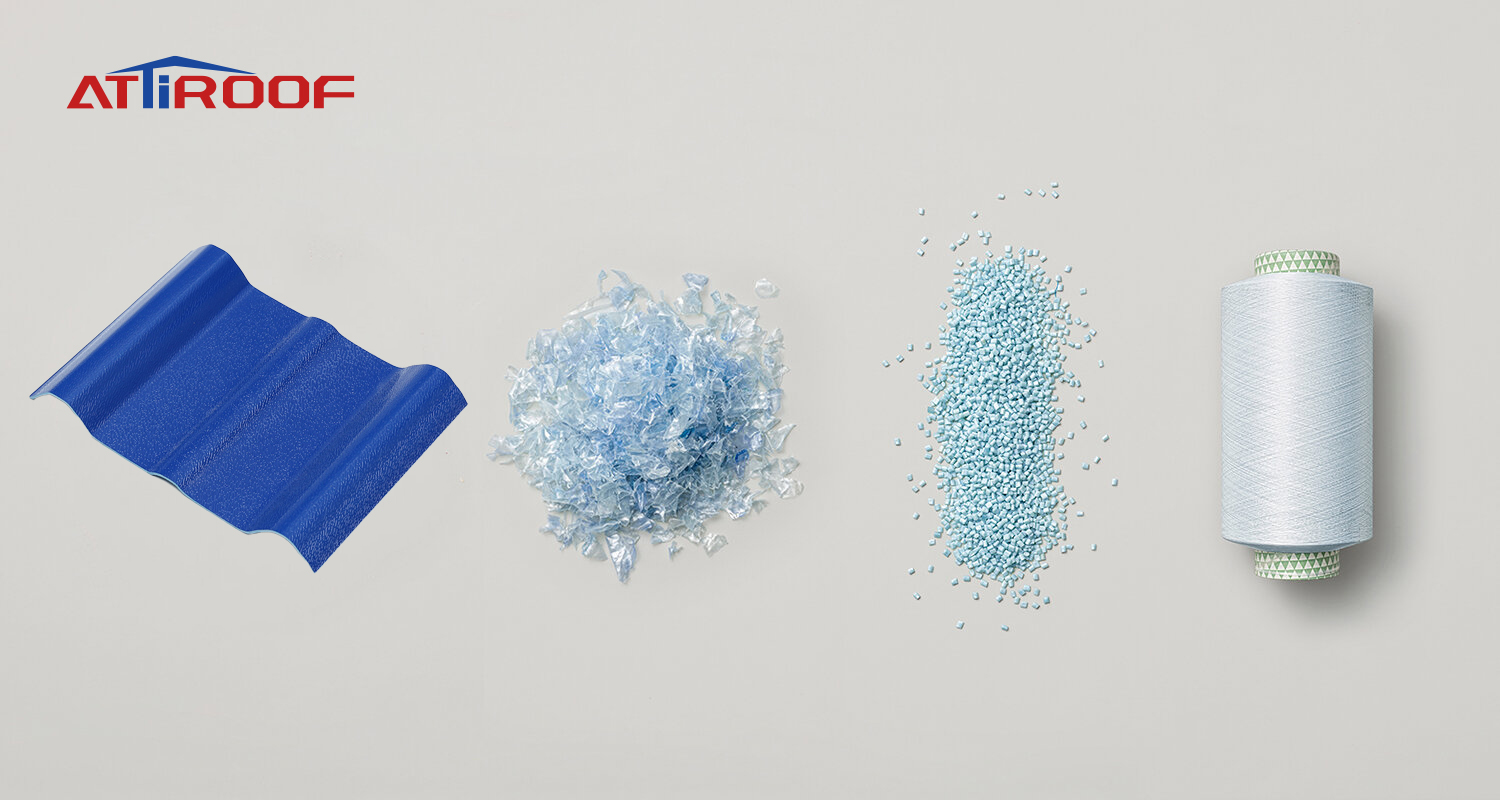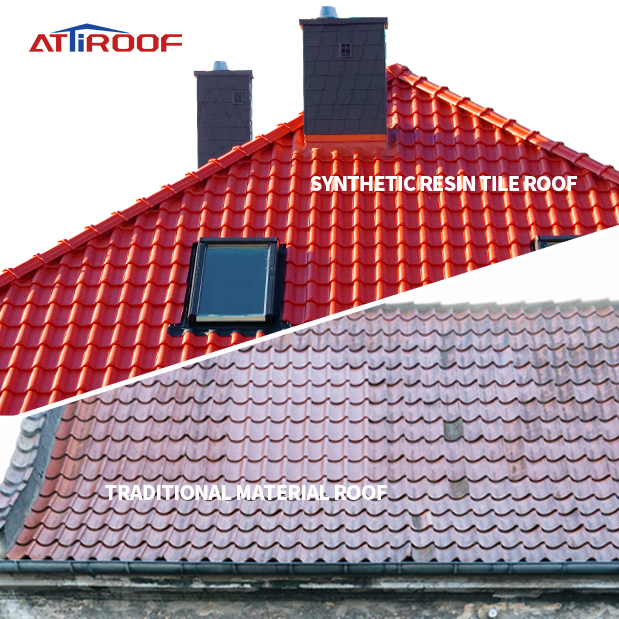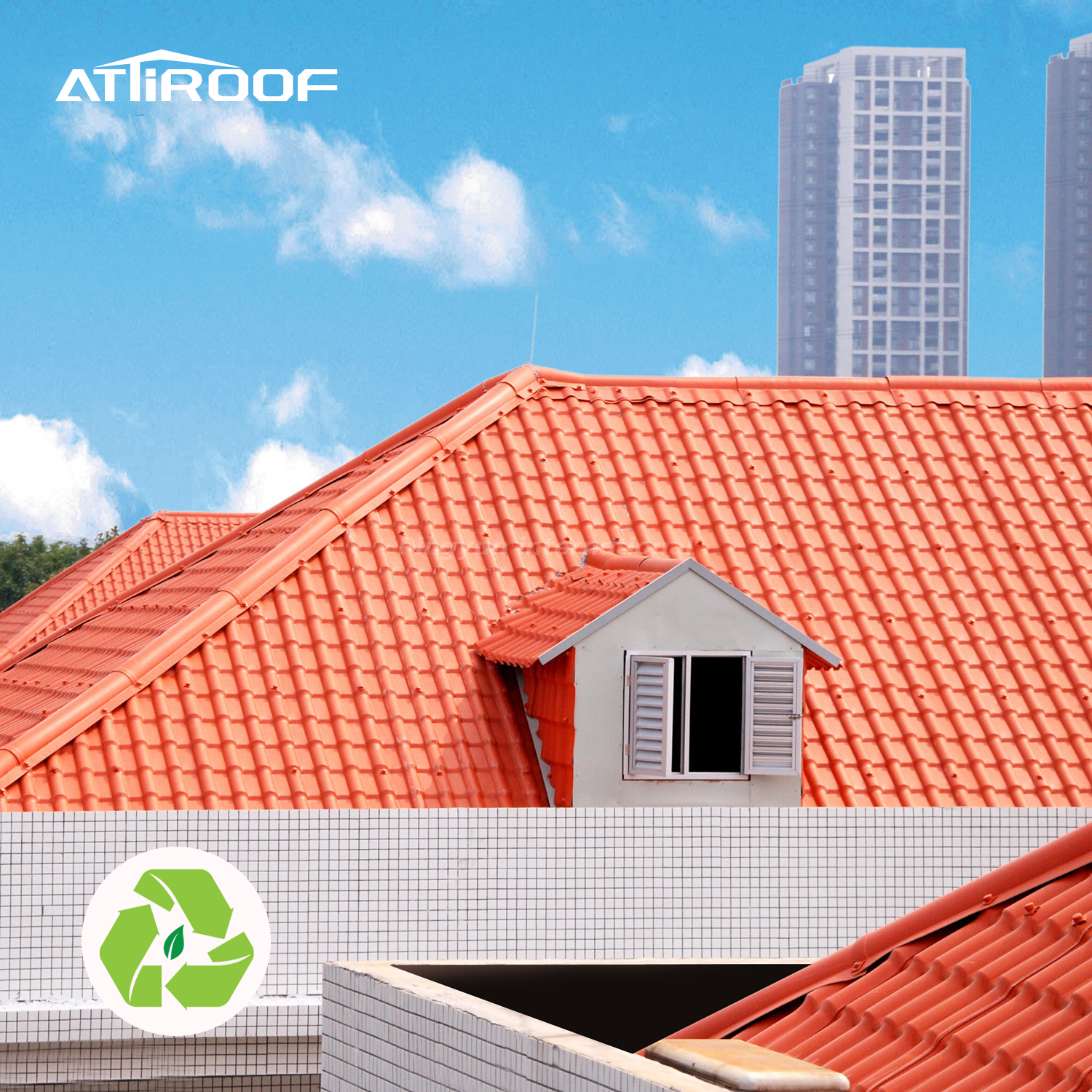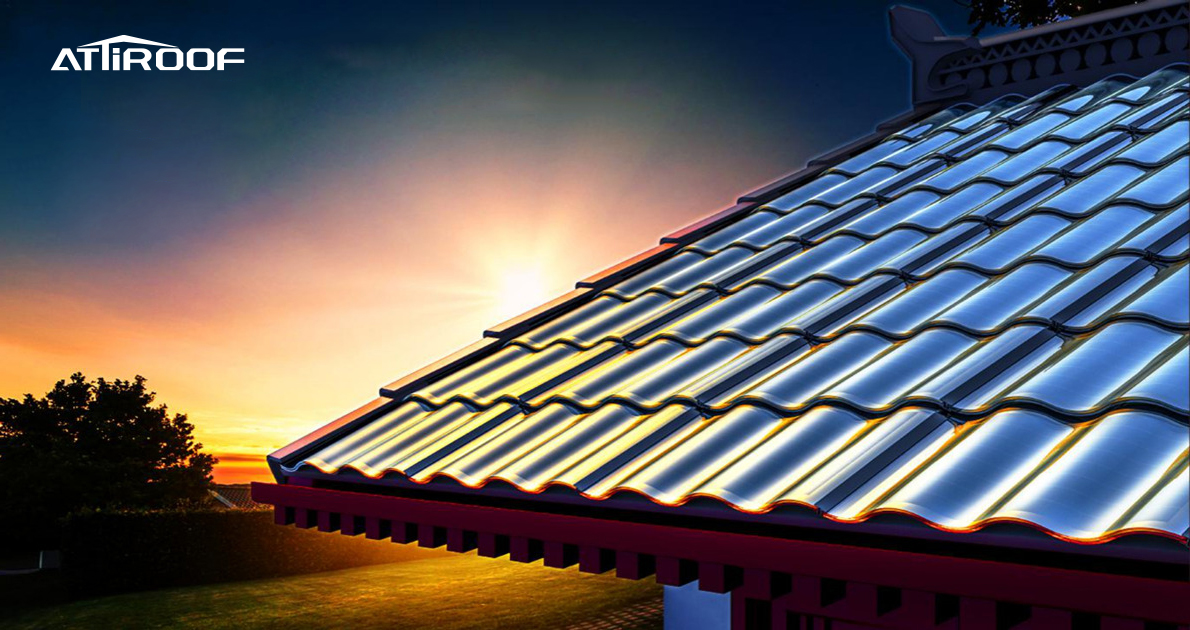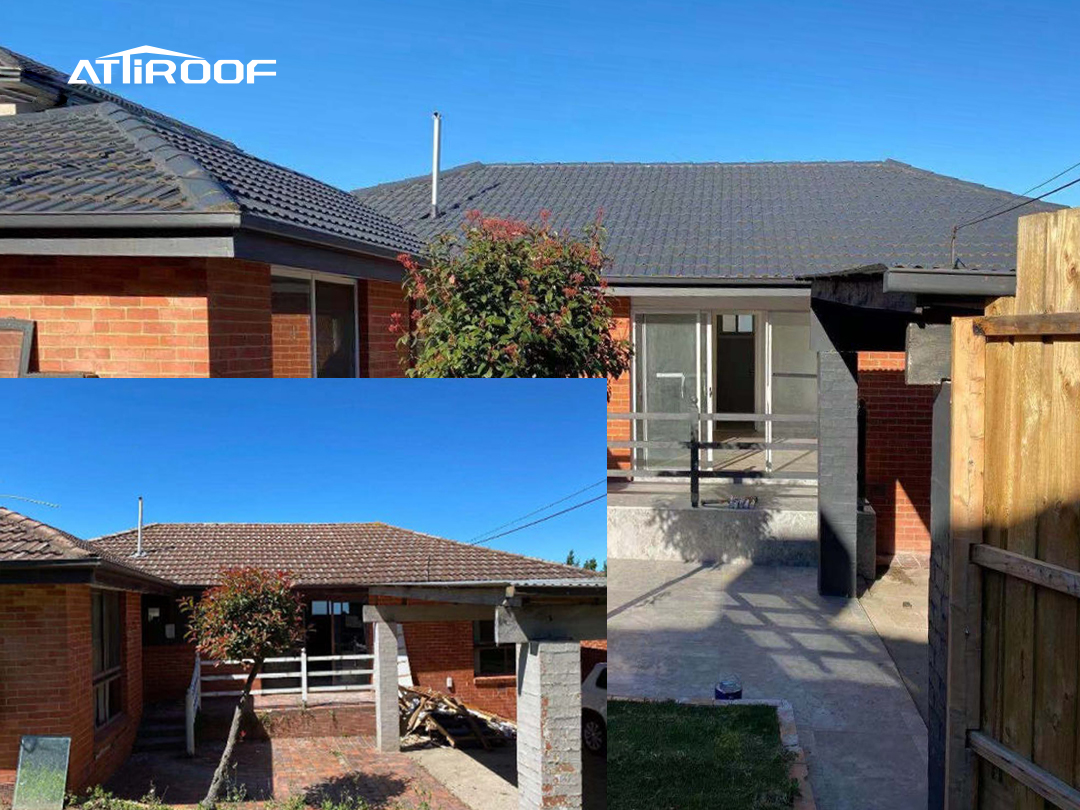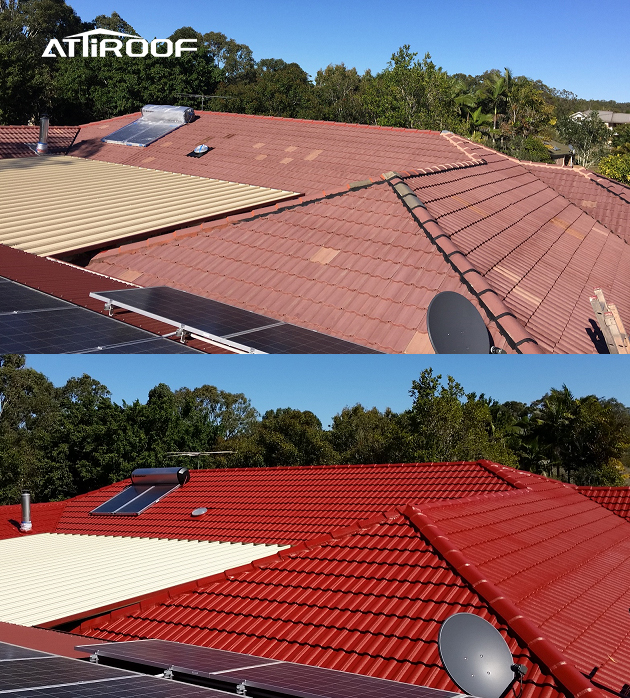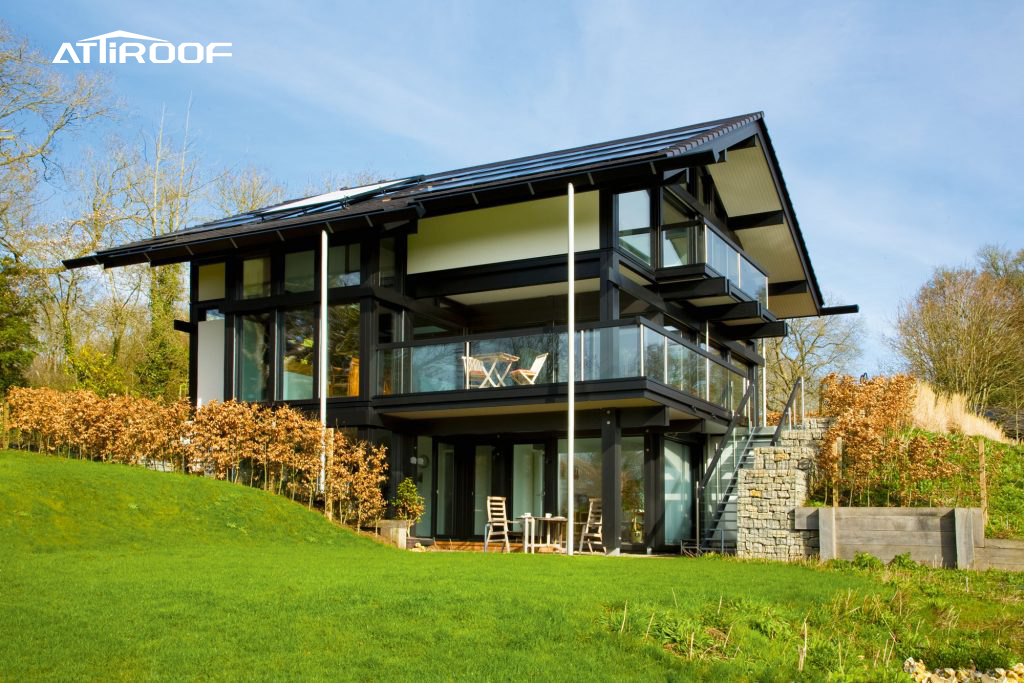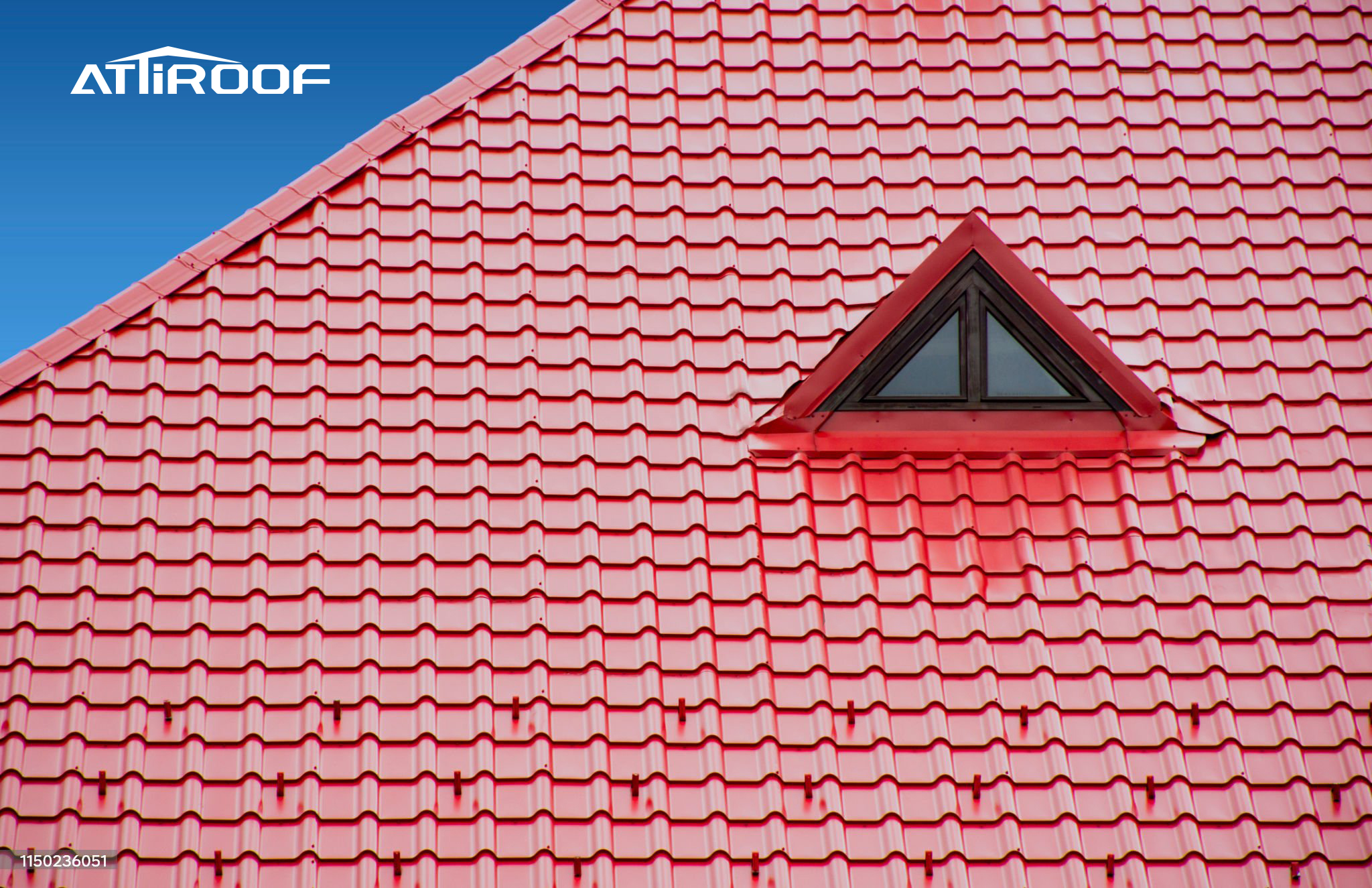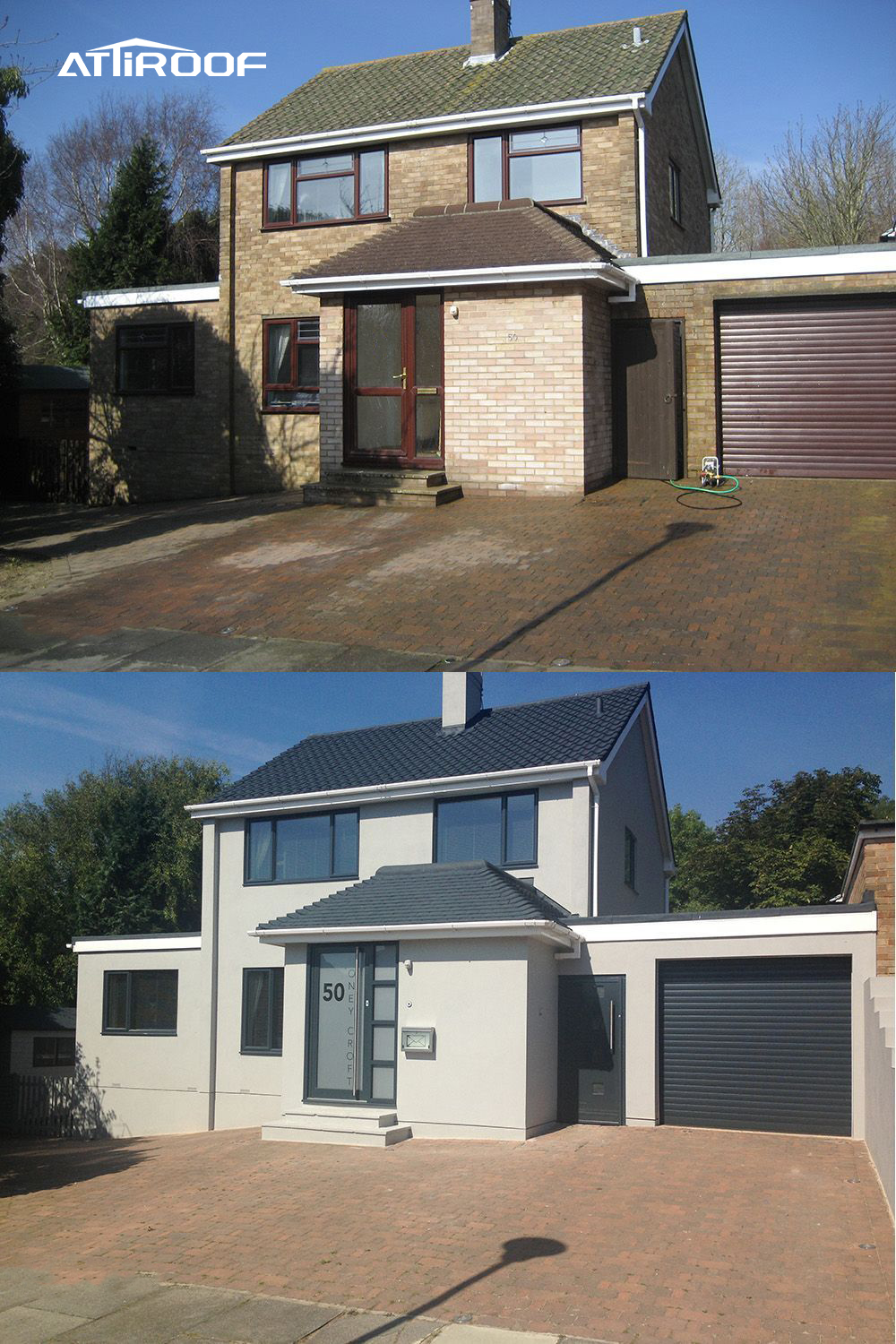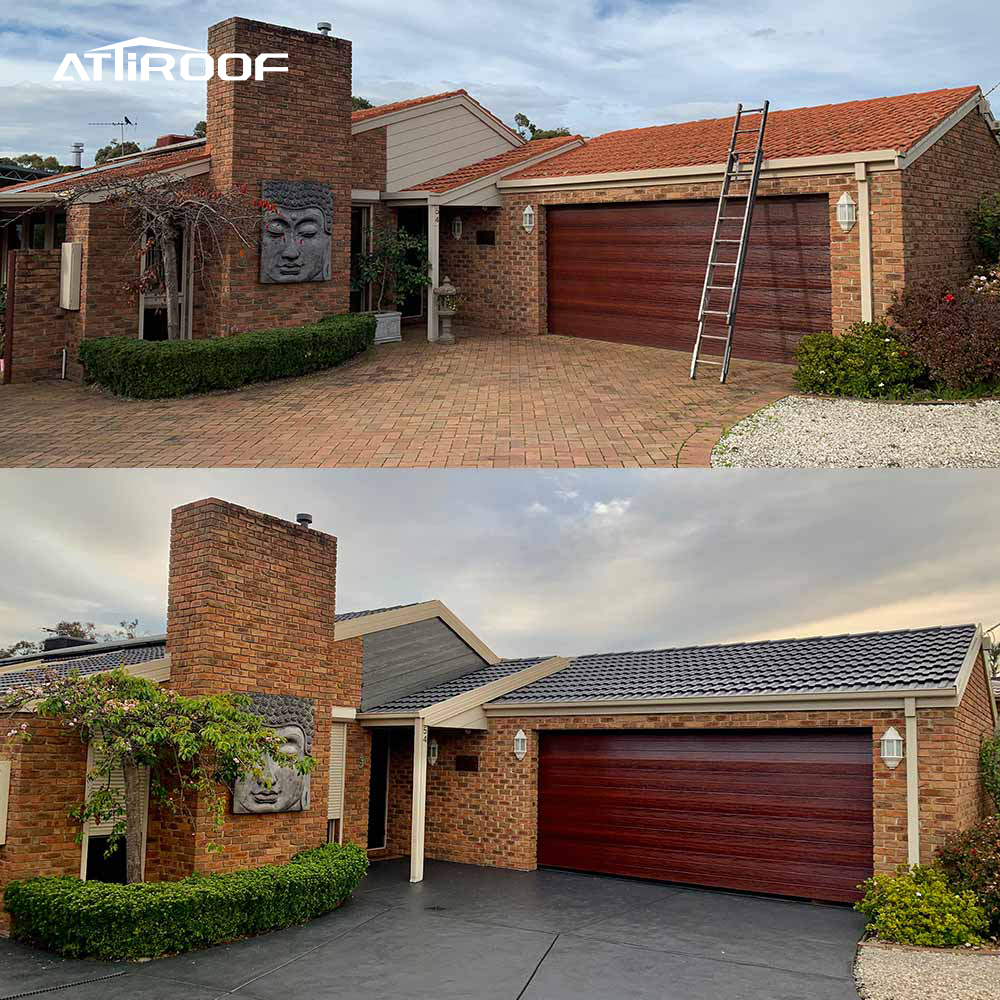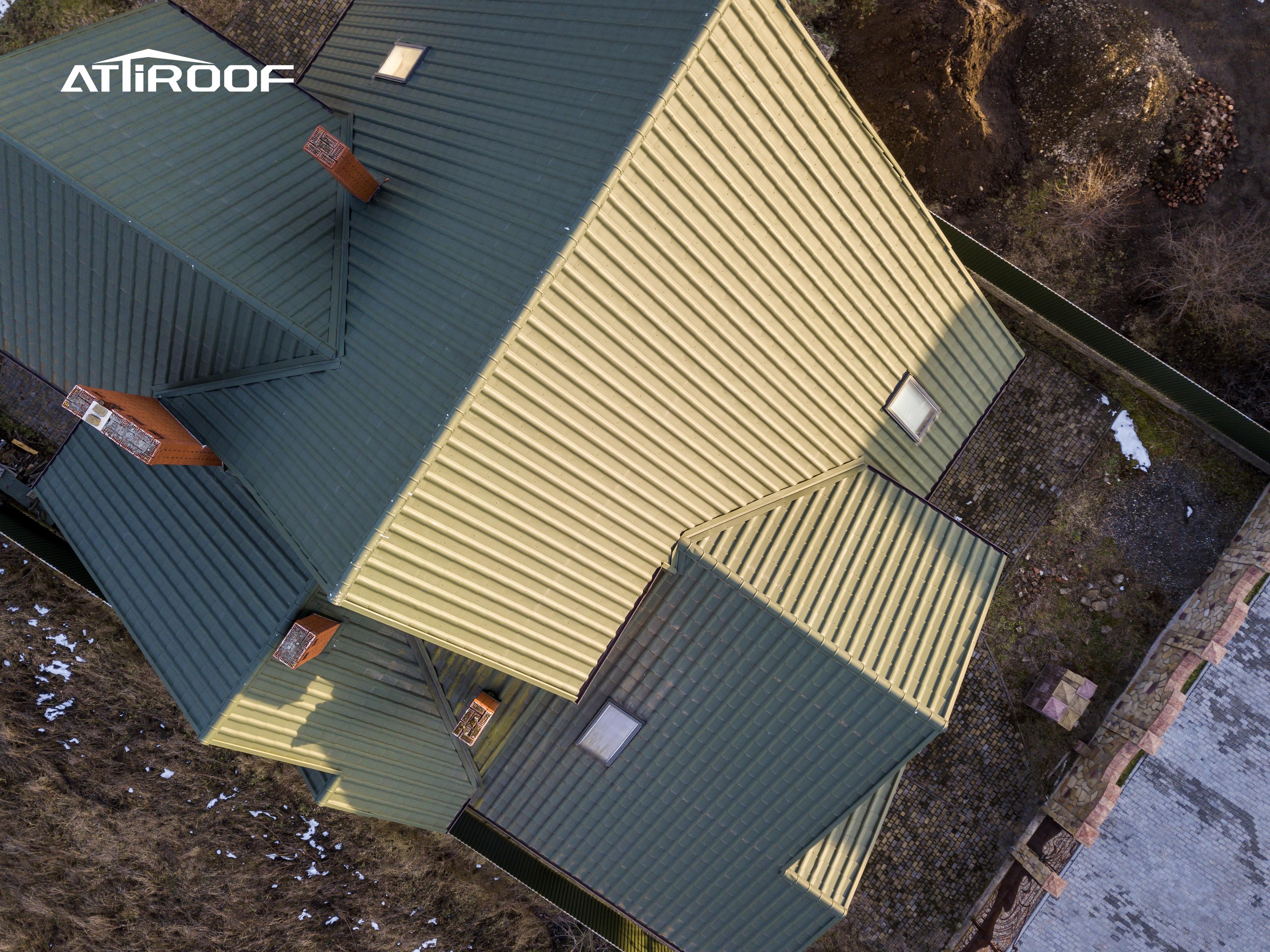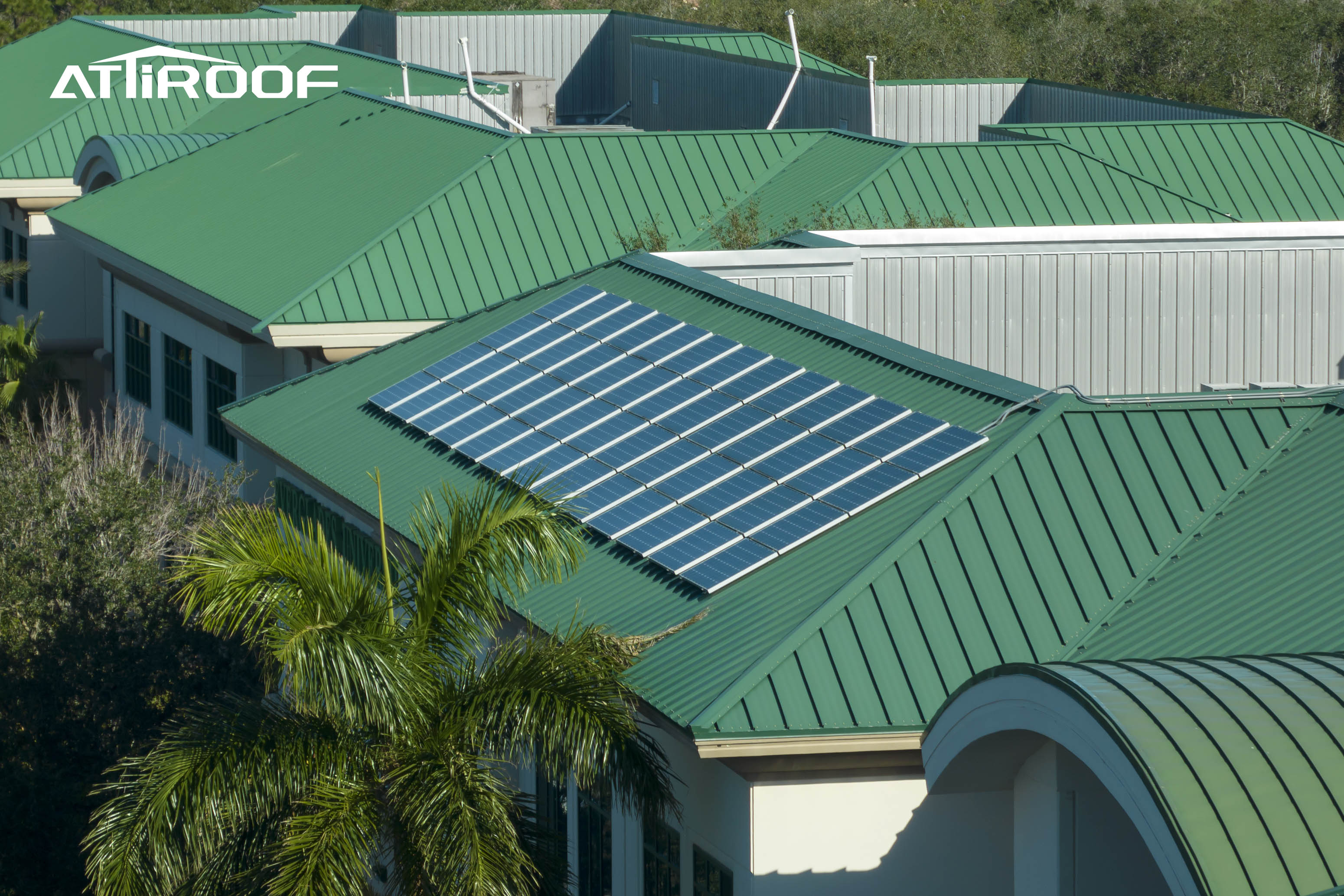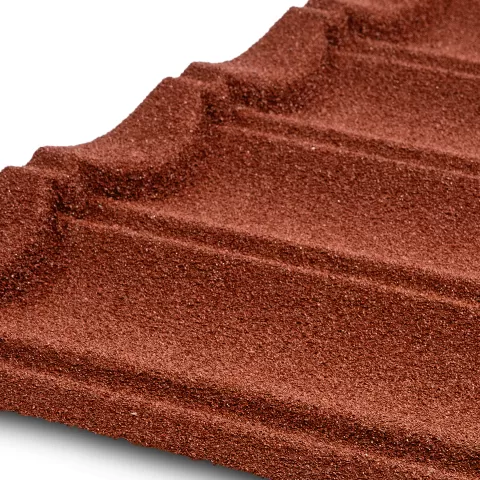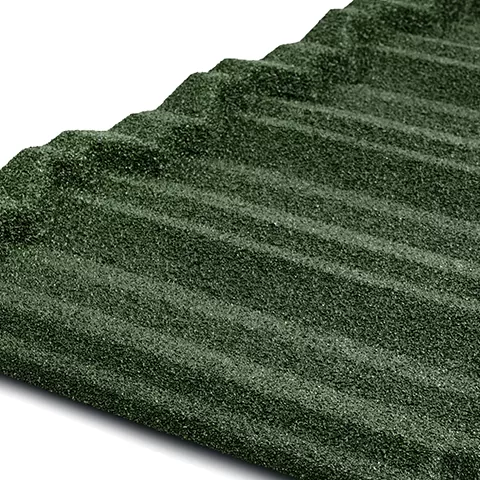Installing synthetic resin tiles is a critical step in ensuring the longevity and effectiveness of your roofing. Proper installation not only enhances the aesthetic appeal of your home but also ensures durability and optimal performance.
This guide aims to equip you with essential knowledge about installing synthetic resin tiles, covering everything from assessing roof structure compatibility to safety precautions, helping you make informed decisions for a successful installation.
Assessing Roof Structure Compatibility
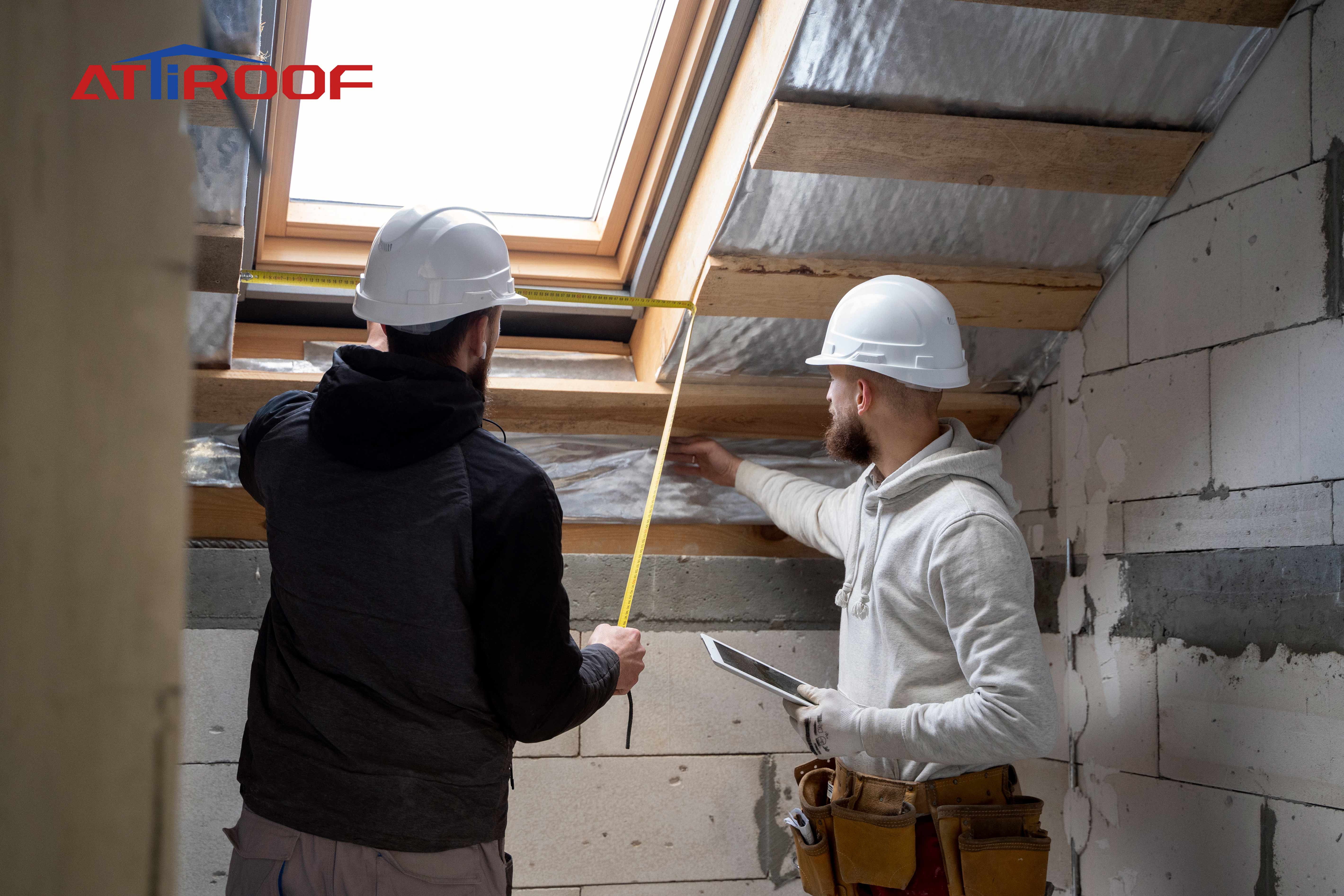
Before proceeding with the installation of synthetic resin tiles, it's crucial to assess the compatibility of your roof structure. This assessment is key to ensuring that your roof can support the tiles and that the installation will be structurally sound.
1. Load Bearing Capacity
Evaluate the load-bearing capacity of your roof structure. Although synthetic resin tiles are relatively lightweight, ensuring that your roof can support their weight, along with any additional underlayment or insulation, is essential.
2. Roof Slope Analysis
The slope of your roof plays a critical role in determining the suitability of synthetic resin tiles. These tiles are versatile and can be installed on a variety of slopes, but it’s important to confirm that the slope of your roof aligns with the manufacturer’s recommendations for optimal water drainage and aesthetic appearance.
3. Underlying Structure Inspection
Examine the condition of the existing roof deck, rafters, and trusses. Any signs of damage, rot, or instability should be addressed before installation. The integrity of these elements is crucial for the long-term performance of your new roof.
4. Ventilation Assessment
Proper ventilation is vital for maintaining the health of your roof. Ensure that your current ventilation system is adequate and meets the requirements for synthetic resin tile roofing. Adequate ventilation helps regulate temperature and moisture levels in the attic, preventing issues like mold growth and heat buildup.
5. Compatibility with Existing Roofing Elements
Check for compatibility with existing roofing elements such as gutters, flashings, and roof penetrations. These components need to integrate seamlessly with the synthetic resin tiles for effective water management and aesthetic coherence.
Assessing your roof’s structure for compatibility with synthetic resin tiles is a fundamental step in the installation process. It ensures that your roof is prepared to provide a stable and lasting foundation for your new tiles, ultimately contributing to the overall success and longevity of your roofing system.
Professional Installation vs. DIY
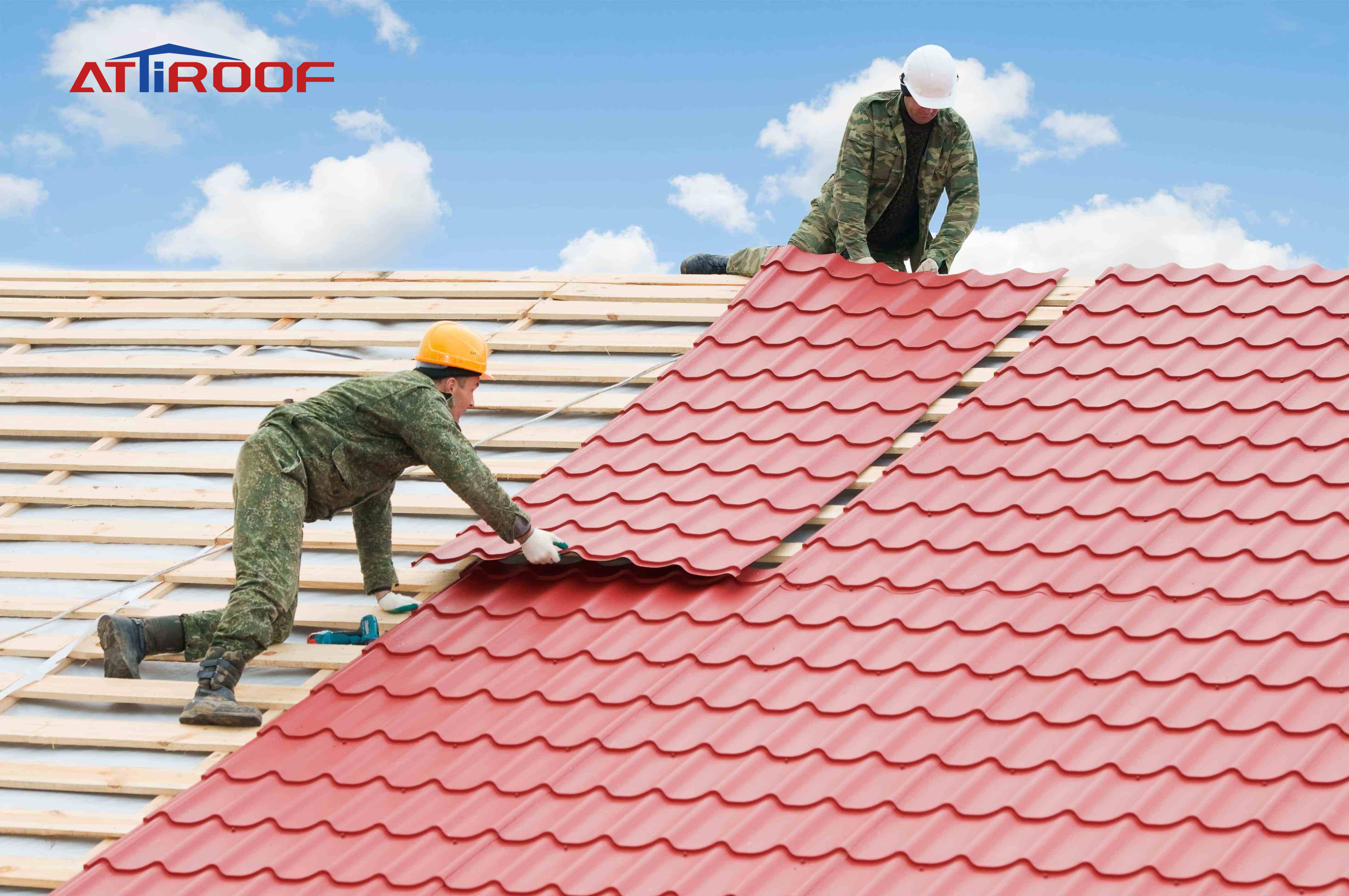
When it comes to installing synthetic resin tiles, homeowners often face the decision between hiring a professional or undertaking a DIY project. Both options have their merits and challenges, and the choice largely depends on individual skill level, experience, and the complexity of the roofing project.
1. Professional Installation:
●Expertise and Efficiency: Professional roofers bring expertise, experience, and specialized tools. They are well-versed in handling the nuances of installation, ensuring that the roofing is installed correctly and efficiently.
●Warranty and Reliability: Many manufacturers offer warranties that are contingent on professional installation. Hiring a professional can ensure that these warranties remain valid.
●Safety: Roofing is inherently risky. Professional installers are trained to work safely at heights and have the necessary safety equipment.
●Time-Saving: A professional team can complete the installation faster than a DIY approach, which can be crucial if the project is time-sensitive.
2. DIY Installation:
●Cost Savings: The primary advantage of DIY installation is the potential cost savings. By eliminating labor costs, the overall expense of the project can be reduced.
●Personal Satisfaction: For those who are skilled and enjoy hands-on work, DIY roofing can be a fulfilling project.
●Flexibility: DIY allows homeowners to work at their own pace and on their own schedule.
●Challenges and Risks: Without the proper skills and tools, DIY installation can be challenging. The risks include potential installation errors and personal safety hazards. Mistakes in installation can lead to long-term issues and additional costs.
Before deciding, consider the complexity of your roof design, your comfort level with construction projects, and the potential risks involved. For many, the benefits of professional installation – expertise, safety, and warranty protection – outweigh the savings of a DIY approach. However, for those with experience in roofing and the necessary tools, DIY can be a viable option.
Common Mistakes to Avoid During Installation
The installation of synthetic resin tiles, whether done professionally or as a DIY project, requires careful attention to detail. Avoiding common mistakes is crucial to ensure the longevity and effectiveness of your roofing. Here are key pitfalls to steer clear of:
●Inadequate Planning: Lack of proper planning is one of the primary pitfalls. This includes failing to accurately measure the roof area, not ordering the correct quantity of materials, or overlooking necessary accessories like ridge caps, eaves, or gutters. Ensure thorough planning and measurement before beginning the installation.
●Ignoring Manufacturer’s Guidelines: Every brand of synthetic resin tiles may have specific installation guidelines. Ignoring these can lead to improper installation, reducing the effectiveness and lifespan of the tiles. Always adhere to the manufacturer's instructions.
●Poor Underlayment Installation: The underlayment is a critical component of roofing that provides an additional barrier against water. Incorrect installation of the underlayment, or using substandard materials, can lead to leaks and water damage.
●Incorrect Tile Overlapping: Synthetic resin tiles need to be overlapped in a particular manner to ensure effective water runoff. Incorrect overlapping can lead to leaks. Pay attention to the overlap specifications provided by the manufacturer.
●Improper Nailing Technique: Using the wrong nails or nailing technique can cause issues. Nails should be of appropriate length and material, and they should be driven in at the correct angle and depth. Over or under-driving nails can compromise the tile's hold and the roof's integrity.
●Neglecting Ventilation: Adequate roof ventilation is essential to prevent moisture buildup and regulate temperature. Neglecting this aspect during installation can lead to increased energy costs and potential moisture-related issues.
●Failing to Consider Expansion and Contraction: Synthetic resin tiles, like all materials, expand and contract with temperature changes. Not accounting for this can lead to buckling or gaps. Ensure there is adequate space for expansion.
By being mindful of these common mistakes and adhering to best practices, you can ensure a successful installation of your synthetic resin tiles, securing a roof that is not only visually appealing but also durable and functional.
Safety Precautions During Installation
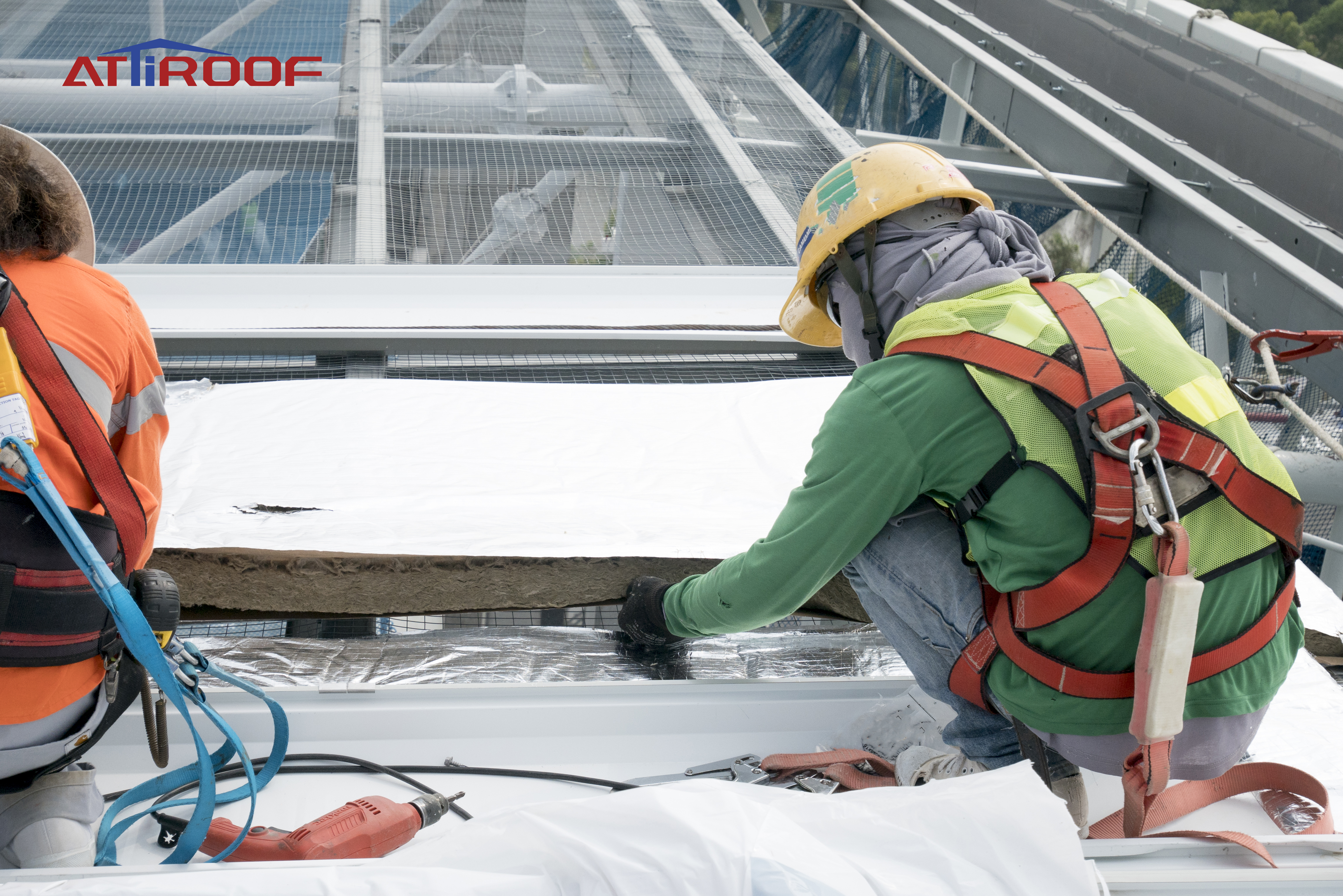
Safety should always be the top priority during the installation of synthetic resin tiles. Whether you're a professional roofer or a homeowner engaging in a DIY project, adhering to safety guidelines is crucial to prevent accidents and ensure a smooth installation process.
●Use of Proper Safety Gear: Always wear appropriate safety gear, including a hard hat, safety glasses, gloves, and non-slip footwear. When working at heights, use a safety harness and ensure it is properly secured.
●Ladder Safety: Ensure that ladders are stable and securely placed. They should extend at least three feet above the edge of the roof for safe and easy access. Never overreach while on a ladder; it's safer to move the ladder frequently.
●Awareness of Roof Edge: Always be aware of your proximity to the roof edge. Falls are a leading cause of injury in roofing jobs. Establish a safe distance from the edge and be constantly mindful of it.
●Proper Tool Handling: Use tools and equipment correctly. Keep them securely fastened in a tool belt or safely stationed on the roof to prevent accidental falls.
●Working in Suitable Weather Conditions: Avoid installing roof tiles in adverse weather conditions. Wet, windy, or excessively hot conditions can increase the risk of accidents. Plan your installation for a day with mild and clear weather.
●Electrical Safety: Be aware of overhead power lines and maintain a safe distance. Also, use caution when handling metal tools or ladders to avoid electrical hazards.
●Training and Assistance: If you are new to roofing, consider getting proper training or assistance from someone experienced. In complex or high-risk situations, it’s advisable to hire professional roofing contractors.
●Keeping the Work Area Clean: A clutter-free work area reduces the risk of trips and falls. Regularly clean up debris, and keep tools and materials organized.
By following these safety precautions, you can significantly reduce the risk of accidents during the installation of synthetic resin tiles. Safety is not just a regulation; it's a commitment to ensuring everyone involved in the project is protected.




